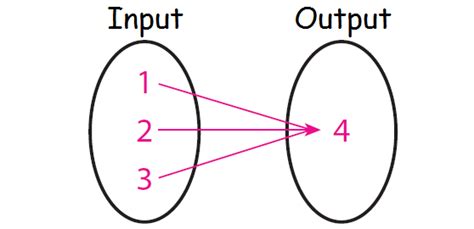Understanding Ethereum’s Key Mapping and Slot System
Ethereum’s key mapping and slot system play a crucial role in managing and storing cryptographic keys for various purposes. In this article, we will dive deeper into how these systems work, providing insights into which mapping and slot a key belongs to.
Overview of Ethereum’s Key Mapping and Slot System
Ethereum’s key mapping and slot system are essential components of the blockchain, ensuring that keys are stored and retrieved securely. The system consists of two main entities:
- Key Slots: A key slot is an integer value used to store a cryptographic key on the blockchain.
- Mappings: A mapping is a function that takes a public key (a hash) as input and returns a private key associated with it.
Understanding Key Slots
A key slot represents a storage location available to store a key. Each time a new key is created, it is assigned to a unique key slot. Key slots are used to store keys in a specific order, ensuring that the most recently used keys are accessed first.
Assigning Keys to Mappings

To determine which mapping a key belongs to, we need to consider two factors:
- Key Type: Ethereum supports different types of keys, such as public key, private key, and signature-based keys.
- Mapping Functionality: The
mapFromfunction is used to map public keys to private keys when creating or updating mappings.
For example, let’s say we have a mapping called createUserAddressMapping. This mapping takes an address (a hash) as input and returns the address of the corresponding user account. To determine which key slot is associated with this mapping, we need to know whether the mapping function is designed for public or private keys.
Storage Mappings
For storage mappings, we need to consider the following:
- Address Hash: The
mapFromfunction takes an address hash as input and returns a corresponding private key.
- Private Key Storage: In Ethereum, private keys are stored in a separate memory pool from public keys.
To determine which mapping a key belongs to for storage mappings, we need to look at the contract code and look for references to mapFrom or other functions that map addresses to private keys.
Sample Code Contract
Let’s take an example of a simple contract with two storage mappings:
pragma solidity ^0.8.0;
contract StorageMappings {
mapping(address => uint256) public userAddresses;
mapping(string => string) public addressStrings;
function createUserAddressMapping(address _address, string memory _name) public {
require(addressStrings[_name] == "", "Name already exists");
require(mapFrom(_address) != 0, "Key not found");
userAddresses[_address] = uint256(keccak256(msg.sender));
}
function getUserAddress(string memory _name) internal view returns (uint256) {
return mapFrom(addressStrings[_name]);
}
}
In this example, we have two storage mappings: createUserAddressMapping and getUserAddress. The createUserAddressMapping function takes an address and a name as input, while the getUserAddress function maps addresses to private keys using the mapFrom function.
Conclusion
Ethereum’s key mapping and slotting system provide a secure way to manage cryptographic keys on the blockchain. Understanding how these systems work is crucial for developers who want to build decentralized applications (dApps) that rely on Ethereum’s infrastructure.
By analyzing the contract code, we can determine which mappings a key belongs to, allowing developers to create secure storage solutions for their dApps. Remember to always refer to the official Ethereum documentation and contract source code when implementing key mapping and slotting systems in your projects.
